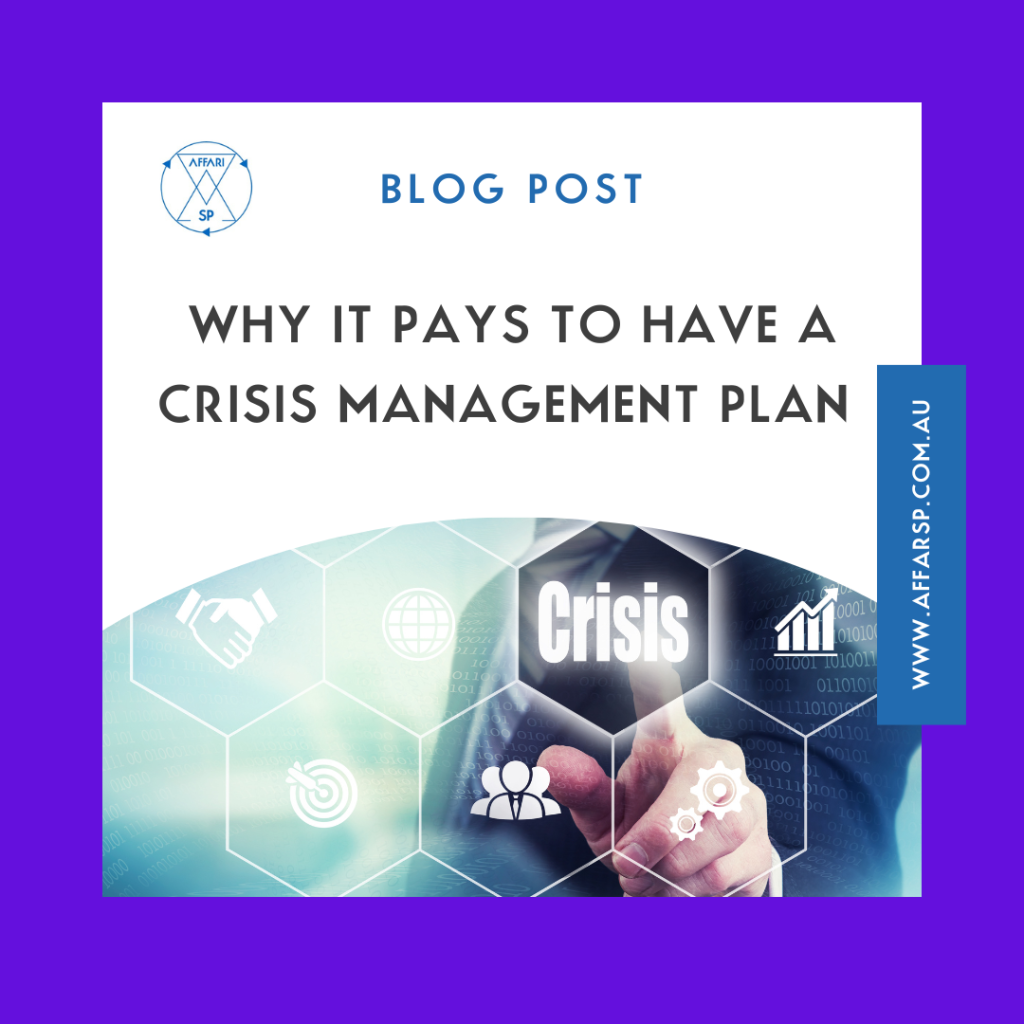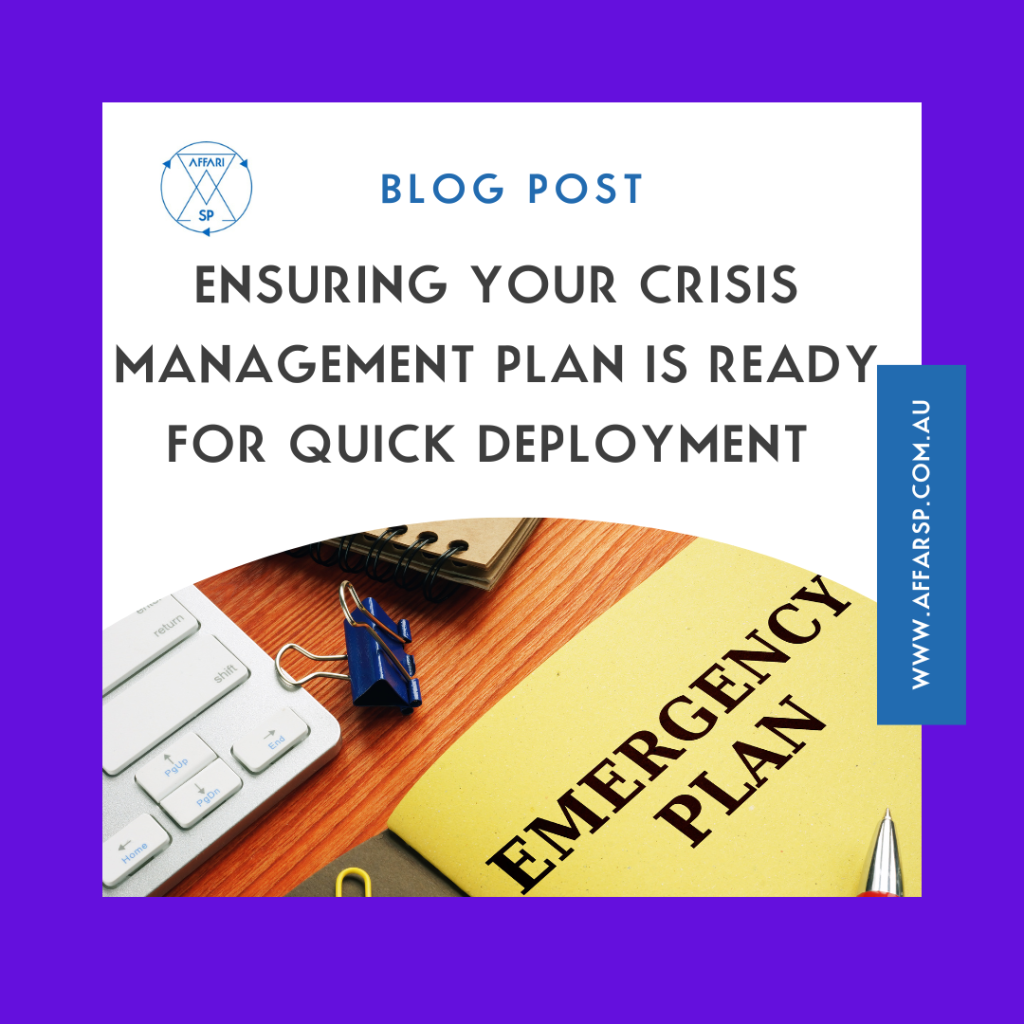How to Market Your Small Business Online
Author: Sara Pantaleo
In today’s digital age, online marketing is an essential strategy for small businesses to thrive and grow. With the vast reach of the internet, you have the potential to connect with a global audience, attract new customers, and build a strong online presence. However, effective online marketing requires a well-thought-out strategy. This article will guide you through the steps to market your small business online successfully.
1. Define Your Brand Identity
Defining your brand identity is essential to establishing who you are as a business. It encompasses your core values, mission, personality, and the unique attributes that set you apart from competitors. Your brand identity is the foundation upon which you build trust and loyalty with your audience. It should be consistent across all your marketing materials, from your logo and visuals to your tone of voice and messaging. In a nutshell, it’s about creating a distinct and memorable impression that resonates with your customers, making your brand instantly recognisable and relatable.

2. Marketing Goals
Before you dive into online marketing, it’s crucial to define your marketing goals. What do you want to achieve? Whether it’s increasing brand awareness, generating leads, boosting sales, or all of the above, having clear objectives will guide your efforts.
3. Know Your Customers (Target Audience)
Understanding your customers is critical to tailoring your online marketing efforts. Create detailed buyer personas, including demographics, interests, and pain points, to ensure your content and advertising resonate with your ideal customers.

4. Create an Engaging Website with SEO
Your website is the digital face of your business. It should be user-friendly, visually appealing, and provide valuable information. Ensure your website is mobile-responsive and optimised for search engines (SEO) to rank higher on search results pages. You also need to implement Search Engine Optimisation (SEO). SEO is essential for improving your website’s visibility on search engines like Google. Use relevant keywords, meta descriptions, and high-quality content to enhance your website’s ranking. Regularly update your content to keep it fresh and valuable to visitors.
5. Leverage Content Marketing
Create high-quality, relevant, and engaging content that addresses your customers’ needs. Content can take various forms, including blog posts, videos, infographics, and podcasts. Sharing valuable content helps build trust and authority within your industry.

6. Utilise Social Media
Social media platforms offer an excellent opportunity to connect with your audience. Choose the platforms that align with your customer’s preferences and create a consistent posting schedule. Engage with your followers, share informative content, and run targeted ads to increase your reach.
7. Email Marketing:
Build an email list and send personalised, valuable content to your subscribers. Email marketing is an effective way to nurture leads and inform your customers about your products, services, and promotions.
8. Paid Advertising
Online advertising, such as Google Ads and social media ads, can help you reach a broader audience quickly. Develop targeted ad campaigns based on your budget, objectives, and audience segmentation.
9. Online Reputation Management
Monitor online reviews, respond to customer feedback, and maintain a positive online reputation. Encourage satisfied customers to leave reviews and address any negative comments professionally and promptly.

10. Analyse and Adapt
Regularly analyse your online marketing efforts using tools like Google Analytics and social media insights. Adjust your strategy based on the data, and continuously optimise your campaigns for better results.
11. Stay Informed and Evolve
The digital landscape is ever-changing. Keep up with the latest trends, technologies, and best practices in online marketing to stay competitive.
Marketing your small business online is a dynamic process that requires careful planning, consistent effort, and adaptation to the ever-evolving digital environment. By having a distinct brand identity, defining clear goals, understanding your customers, and implementing a well-rounded strategy, you can successfully build a solid online presence and achieve your business objectives. Remember, online marketing is an investment that can yield significant returns when done effectively.
If you want to learn how to achieve this for your small business, contact me for a no-obligation chat.
How to Market Your Small Business Online Read More »































